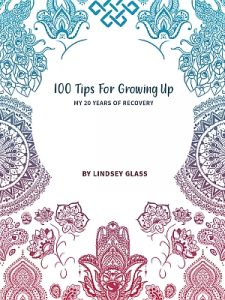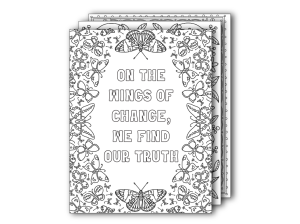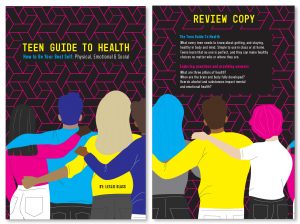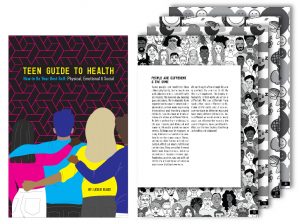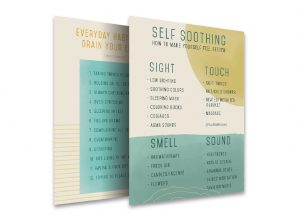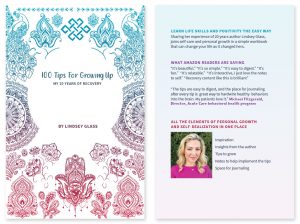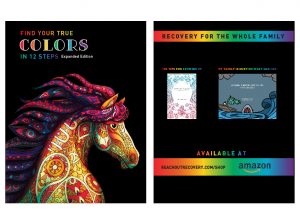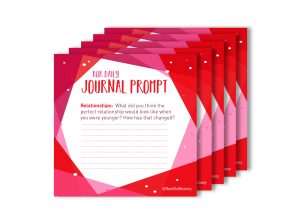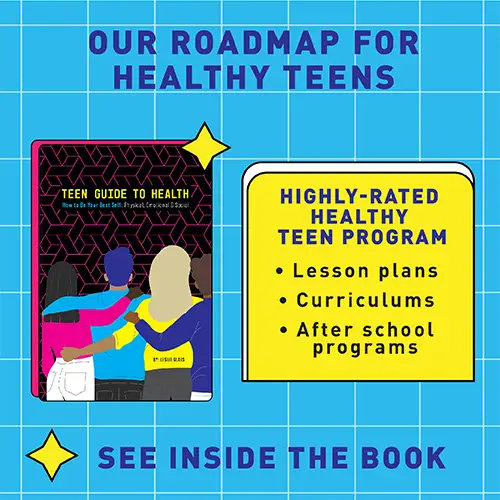It may not always seem easy but detachment empowers
Trust, us when we say we know detaching from people you care about can be hard. Detachment empowers for sure, but it isn’t always simple to get there. You see , in recovery we talk about letting go and detaching, but we don’t often add that detachment empowers. How can it empower when it seems the very opposite? It doesn’t seem to make sense. For loved ones and family members letting go can feel like having to abandon the very deepest beliefs that we hold. For me, it’s still as hard and anguish-making as….well, as it is for any substance user not to quit his or her drug of choice Why is detachment from this disease so hard?
I’d say, without my beliefs and actions, how do I know who I am? How do I know I’m a good person? How do I show I care? How can I keep the bad things from happening?
5 myths that create dysfunction
- Caring means taking action whenever there is a problem.
- Loving requires complete attention, which often translates into dropping everything whenever issues come up and listening no matter what.
- Being good parents requires self-sacrifice. That may mean skimping to give an adult child things he or she needs. Or postponing activities or fun things because a loved one needs them. For different parents self-sacrifice means different things.
- Parents are responsible for keeping adult children alive no matter what the circumstances.
- You can only be as happy as your saddest child.
Detachment means saving yourself to better help others
I had to let go of those five myths that were the guides of my life. While they may have worked for babies and toddlers, they ruined my relationship with teen and adult children. Those myths had filled my head and changed me into someone no one wants to be. As an enmeshed parent, I was unhappy, and worse, I was no help to anyone.
What Is Detachment And Why Do You Need It
Addiction had taken me hostage
What was I like before addiction changed our family into a dysfunctional mess? I was a pretty happy mom.
- I loved the ridiculous.
- I laughed and mugged around a lot. People thought I was funny.
- I danced to the music and played the piano. I sang with the radio.
- I was preoccupied with orchids, gardens, weeds, bread-making. Seasonal bounty.
- I really liked food.
- I cried at the drop of a hat: GE commercials never failed to make me cry.
- I wrote about murder and mayhem, but not about substance use.
I didn’t feel myself changing into a different person altogether. I just slowly stopped loving the ridiculous. I didn’t feel funny, didn’t sing or play the piano. I didn’t water the plants. They all died, and I didn’t care. I stopped being a very diligent house cleaner. And I couldn’t even cry because crying meant I wasn’t up to the bigger task that was now set for me, which was to be perfectly totally vigilant in every way so the unthinkable, unbearable disaster wouldn’t happen to us. That was my job. And that’s magical thinking.
You know we have no control over happens, right? And you also know that trying to perfect is far from perfection. In fact, it’s the opposite. Plus you lose whatever self was you.
When family members do not love you back
What does detachment look like
How did detachment work for me? I had to stop grilling my loved ones about every little thing. I had to stop fixing every little thing that went wrong. I closed the purse strings. The mantra at the back of my mind was: they need to learn how to do things for themselves. That meant I had to trust that they could do it.
People in recovery have to earn your trust. That means you have to give them the opportunity to grow up. Could my loved ones actually take over their own controls? Turns out they could. If you have a really sick child, however, this is not the approach to take. For teens or adults with depression or suicidal thoughts, intervention by professional is necessary; detaching from at risk loved ones can be the wrong tack to take. For those who are working their recovery, however, your detachment can mean empowerment for both of you.
How detachment set me free
I still love and care for and do positive things for loved ones in recovery; but my head, and body, can go to the beach now. And my private headspace can fill up with….whatever nonsense appeals. Does that mean I can sing, dance and be funny again. Yes, I am funny and ridiculous again. And yes, if you really must know detaching was tumultuous and messy, and sometimes it looked as if we would not reach the recovery we all longed for. There was a lot of anger and fear, and not speaking, and lonely times. But detachment empowered us and brought us back together again in a much healthier way.




